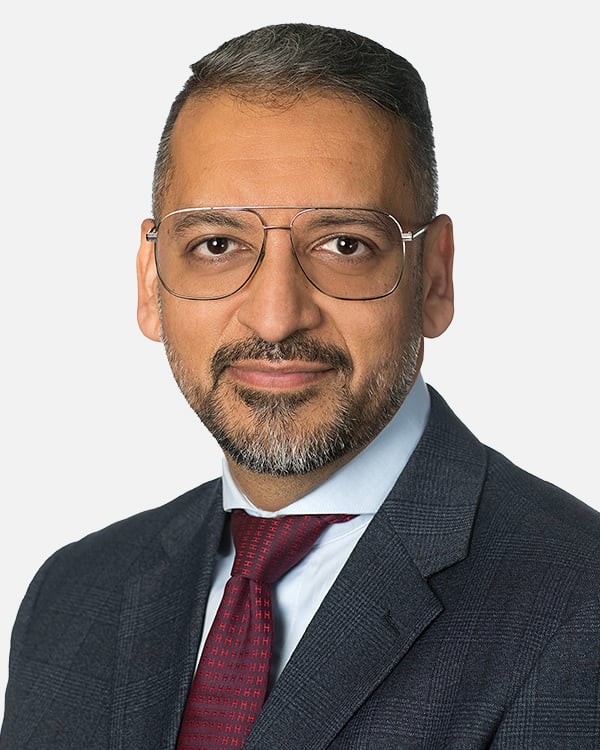In brief
AAOIFI released a Sukuk exposure draft in early November 2023 in response to a rapid increase in the use of Sukuk and development of the market in the past decade. A key change in the draft standard is that it requires an actual transfer of ownership to occur under an Ijara Sukuk investment.
It is unclear what the appetite will be for asset-backed Ijara Sukuk if the standards are tightened and whether, at this stage, the standard will pass.
In more details
What are Sukuk?
Sukuk are generally regarded as fixed-income financial certificates commonly issued in order to raise capital in a way that is compliant with Islamic principles (or Shari’ah). Each certificate relates to an indivisible ownership right in an underlying asset (including tangible assets, usufruct or services) and are usually related to specific projects or investment activities. Sukuk, unlike conventional bonds which they are commonly compared to, adhere to core Shari’ah principles in that any profits or returns on investment are (i) not pre-determined interest payments or excessively uncertain, (ii) obtained through risk taking; and (iii) derived from asset ownership.
In place of any interest payment obligation on the part of the originator, returns are paid to the investors by their legal interest in the underlying asset and based on its performance.
The assets backing an Ijara Sukuk must also be Shari’ah compliant, or at least their primary purpose must not be haram (no links to alcohol, tobacco, gambling for example).
AAOIFI Shariah Standard 62 and its exposure draft
The Accounting and Auditing Organization for Islamic Financial Institutions (AAOIFI) issues guidance and authorities in relation to Islamic finance instruments such as Sukuk. The current Sukuk guidance, last updated in 2003, defines Sukuk as “certificates of equal value representing undivided shares in ownership of tangible assets, usufruct and services or (in the ownership of) the assets of particular projects or special investment activity”1. The broad criteria encompasses both asset-based and asset-backed structures outlined above.
However, AAOIFI released a Sukuk exposure draft in early November 2023 in response to a rapid increase in the use of Sukuk and development of the market in the past decade2. A key change in the draft standard is that it requires an actual transfer of ownership to occur under a Sukuk investment: “Sukuks are an investment instrument wherein their owners share the reward (ghunm) [as well as] the liability (ghurm) of the underlying assets of the (Ijara) Sukuk that are owned jointly by (the certificateholder)” (emphasis added)3. The draft also clarifies that economic benefits such as rental income or other returns would not be sufficient assets for a (Ijara) Sukuk structure4. As expected, this sparked significant commentary and discussions among the Islamic Finance community which considered the implications of such a change to this Shariah Standard on Ijara Sukuk.
The exposure draft is currently in, and has been for almost 9 months, in the feedback stage. Despite announcing a relatively short feedback timeline when published, AAOIFI have extended the deadline for feedback twice to date, the latest extension being up to 31 July 20245. Notwithstanding that the extended deadline has now passed, the exposure draft remains on AAOIFI’s website in draft form, perhaps pending a further extension.
If the draft is passed in its current format, it is likely that asset-based Ijara Sukuk which do not involve any transfer of legal title would fall outside of the criteria: “If (transfer of the ownership) is not acceptable, then it is not permitted to carry sale of [of the underlying assets] to the certificate holders (emphasis added)”6. Implications for originators and investors of this change would include the formalities of transfer and registration of assets, extra documentation compared with asset-based structures, direct risk taken on by the investor in the base asset and increased fees and time spent structuring the transaction. Investors typically wish to avoid taking on such direct risk from the underlying asset while originators tend to prefer retaining full control of the asset for their own business continuity. There will also be considerations such as permission to sell and purchase certain assets in different jurisdictions. On large-scale transactions, predictably, the increased issuance and transfer costs could make this instrument unattractive to originators and investors alike.
It is unclear what the appetite will be for asset-backed Ijara Sukuk if the standards are tightened and whether, at this stage, the standard will pass.
To speak to us in relation to Shariah Standard 62 or any Islamic finance issues more generally, please reach out to the Baker McKenzie contacts above.
1 AAOIFI Standard 17, Investment Sukuk, accessible here: link, p. 468.
2 AAOIFI Exposure Draft of Shari’ah Standard No. (62), Sukuk, accessible here: link.
3 Standard No. (62), p. 3.
4 Standard No. (62), p. 53.
5 Deadline extension for industry feedback on exposure draft of Shari’ah Standard No. 62 “Sukuk”, accessible here: link.
6 Standard No. (62), p. 6.





